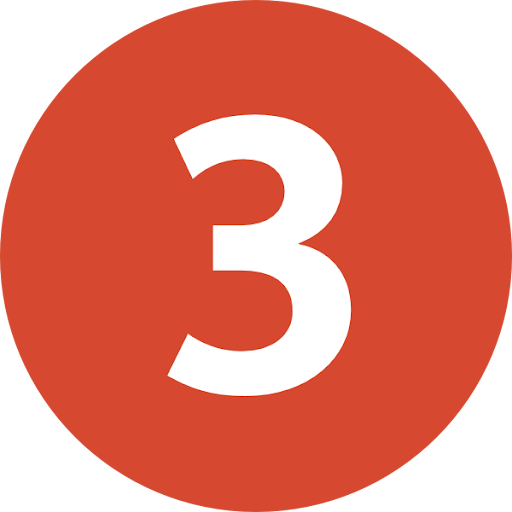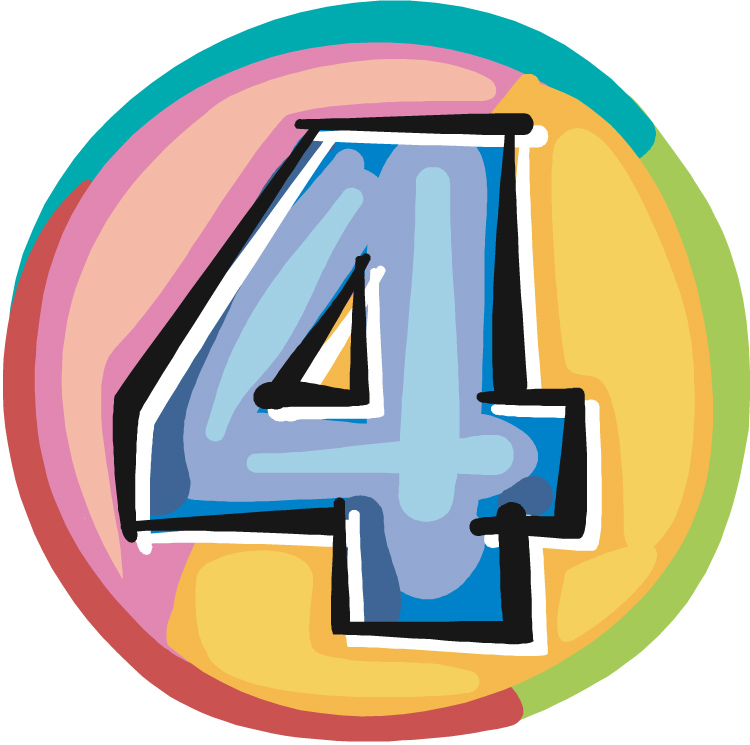Monday, January 13, 2025
Dear Students,
Welcome to U.S. History I! This letter is intended to introduce you to the
course, and to hopefully answer any and all of your questions. All course
information can be found at my "home page" at ARCC -- so bookmark this page now:
Linda Janke's Home Page.
The
first question some of you may have is: what, exactly, is an on-line course?
My brief answer to that question is that an on-line course is an opportunity for
you to learn about U.S. History outside of the traditional classroom. In a
sense, you will teach yourself (working together with me and your classmates) U.S. History through reading assignments,
participating in class discussions,
and viewing or listening to various
multi-media selections.
Next, how does this on-line history class work? In a typical history class,
professors will use a mixture of lecture and discussion. I will not be using
videotaped lectures in this class, so you will be reading a textbook called
These Truths to learn about the basics of the topic. In other words,
the textbook will give you the framework to understand what was happening at
that time, what was changing, and why. After reading the assigned
chapters, you will have the chance to earn points through taking "Inquisitive"
modules, which is a gamified testing platform. More about that later!
History classes also include learning about what historians call "primary
sources." That means documents created during the time period in question. A
"primary source" could be anything! Examples include speeches, newspapers,
photographs, paintings, letters, laws, novels, etc. The list is endless.
Discussing and debating primary sources is the "fun part" of doing history
because different people can reach different conclusions about the document.
The primary documents assigned for this class are listed in the Green Column on
the class schedule page and they include chapters in Discovering the
American Past and other documents located on the internet. You will read
the green column for "Discussion Quizzes" and for weekly Discussion posts.
But I will explain more about that later. Let's move on to introducing the
course!

I want to let you know ahead of time that you'll be doing a lot of reading this
semester. Personally I love reading! and I hope you will enjoy the
assignments I've chosen. But I wanted to take a minute to highlight the
issue of assigned reading and why this course focuses on reading:
1. History courses typically involve numerous reading assignments. A
historian's job is to read the sources, read background information, and then
analyze the material. College history courses can sometimes have hundreds of
pages of reading per week. You will be doing the work of a historian this
semester.
2. Since we will not meet in a
traditional setting for lectures, you will compensate for that by doing
background reading in These Truths, our course textbook.
If this were a traditional "seated" course, we would spend almost four hours per
week in the classroom, and most college study skills centers advise students to
plan on spending two to three hours per credit per week doing "homework," which
for our class translates to 8 to 12 hours per week. Adding that up means
you should budget approximately 12 to 16
hours per week for this course.
Be sure your schedule
will allow you sufficient time to focus on this class.
After you have familiarized yourself with the course assignments and
requirements, you should consider whether 1) an on-line course is for you and 2)
whether you can succeed in
this
history course given the workload, assignments, and deadlines. Just
because you might have taken other on-line courses before does not mean that
this course will be similar. Each on-line course is as different as each
regular "seated" class is from another class
Also, I recognize that most, if not all, of my on-line students are juggling
classes, jobs, and family responsibilities. I understand that we all have
busy lives. However, while on-line courses are more flexible than
traditional "seated" classes, they are not infinitely flexible. I
encourage you to set aside enough time to complete the reading and tasks on D2L. If something comes
up that prevents you from meeting those deadlines, be in touch with me as soon
as you can. Given how unpredictable the world is right now,
I want to work with you to help you succeed, and I know that events might arise
that will make it challenging to focus on your schoolwork. You will have two "free
tickets" to use for quiz deadlines this semester, which I will explain
later.

Here's a link to some wonderful strategies for how to be a successful
on-line student. I think following these simple tips would greatly enhance
your chance for success in this course.
Let's move on to an introduction to this U.S. History course, in nine steps:
|

|
Are you
familiar with D2L?
|
If yes, great!
If not, visit
Minnesota State's D2L Brightspace Help Desk and
ARCC's IT Page.
Note that the ARCC IT department offers free loaner laptops to students,
so keep that in mind if you need a computer or develop computer problems
during the semester.
|
|
 |
Read the
course syllabus
|
Make a plan to
acquire all the needed materials for the course. The two main books for this
class are electronic books (VitalSource ebooks) and have already been
purchased and loaded into D2L. You may opt out of this purchase;
see the D2L announcement for details.
Also
note my policy regarding class "attendance and inactivity."
You can also see my FAQ page for more
information.
Be sure to note that there are two "free tickets" to use for asking for
an extension on a quiz deadline, with the possibility to earn a third
and a fourth.
|
|

|
Review the
course schedule.
|
Be
sure
to note that course deadlines are at NOON on Mondays for Inquisitives and NOON on Tuesdays for weekly discussion and discussion quizzes.
The reading assigned for Inquisitive is in
Yellow;
reading assigned for Discussion and Discussion Quizzes is in
Green.
An
important tip: Print out the readings!
Printing the readings will help with note-taking and
comprehension. Plus you can
refer to them during the Quiz.
There’s free printing on campus if you need to go there for any
reason -- in fact, you might make a quick trip to campus to print out
the readings!
Click here for some note-taking
tips. Printing the readings will also help you locate page number
citations when taking the weekly Discussion Quizzes.
|
|

|
Complete the introductory activities for Week 1
|
There are a variety of introductory activities (short syllabus quiz,
short survey, complete the "How to use Inquisitive" module, introductory post + comments) that will need to be completed
during Week 1. See the announcement and checklist on D2L for more
information.
|
|

|
Make sure you understand the difference between the two types of quizzes
you'll be taking in this class.
|
Click here for a webpage that describes the
two quizzes (Inquisitive and Discussion Quizzes) and why the course is structured that way.
|
|

|
Begin the work
for this week.
|
Consult the course schedule for the assigned readings.
|
|

|
Start Discussing
|
Feel free to join the Week 1 discussion as soon as you’ve gotten some
reading completed. You don't have to 100% finish everything before
you join the conversation.
Wondering what a possible weekly schedule for yourself might look like?
Click here.
|
|

|
Take note of
all course deadlines.
|
Click
here. A tip: enter them into a calendar or planner.
Especially if you have a frazzled brain like I do! Try big post-it notes somewhere where you'll see
them.
Remember to write NOON.
Missing or misunderstanding deadlines is not an excuse to miss
work.
|
|

|
Keep in touch!
|
You can reach me through your individual discussion forum on D2L, which
is the best way to reach me. I am happy to arrange a phone
conversation or a zoom meeting. I do not expect you to "go it
alone" this semester! I am here to help you succeed.
|
As we go along this semester, please keep me
informed about any technical or computer problems that are likely to impact the
entire class. (i.e. if a link is broken, if D2L is down for a long period
of time, etc.) I have checked all of the links at the beginning of the
course but things could change throughout the course, and since I have already
printed the readings I might not be aware of any broken links. Thank you!
Again, welcome to the class, and I look forward to meeting you
in our discussion area,
Linda Janke







